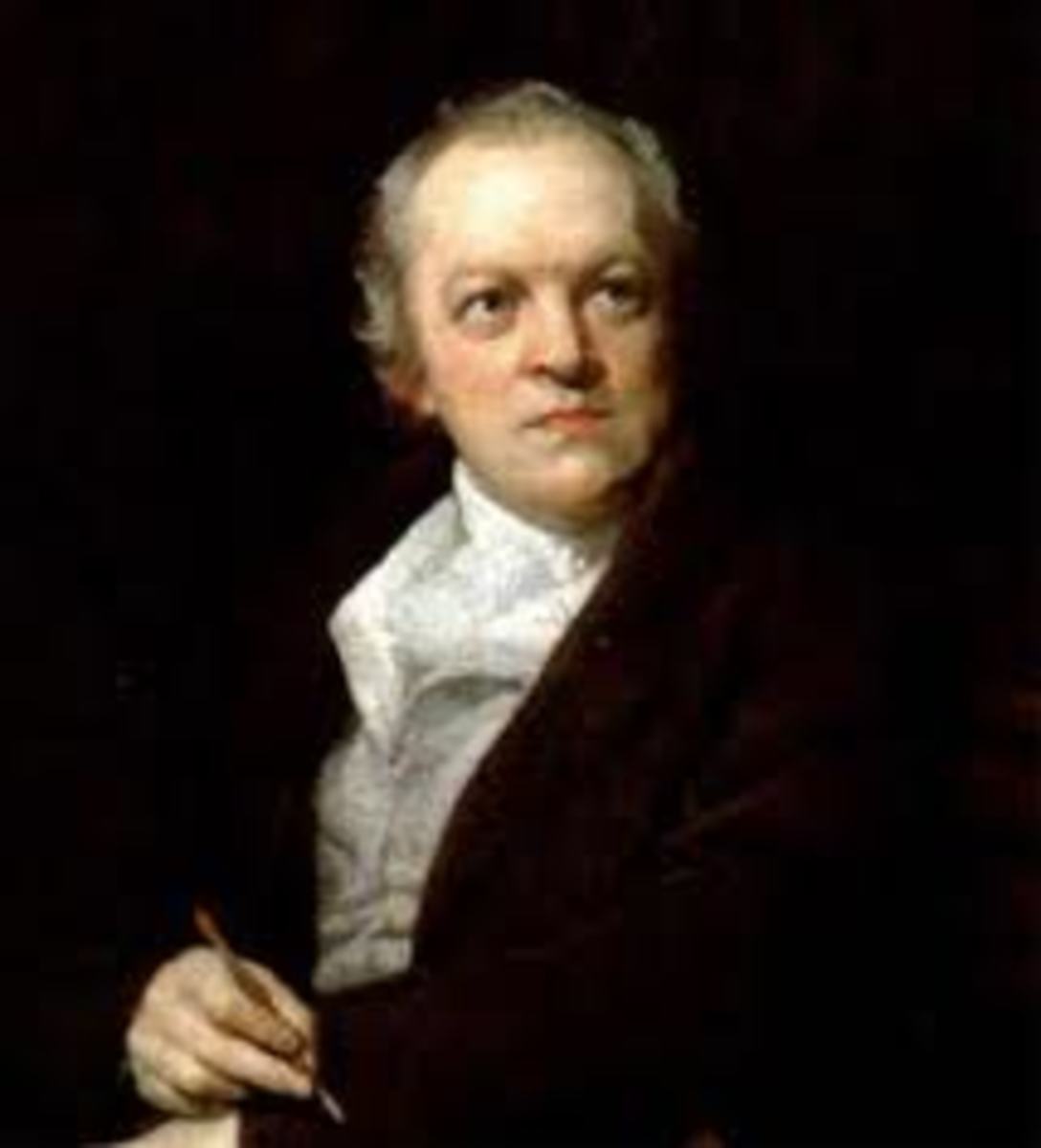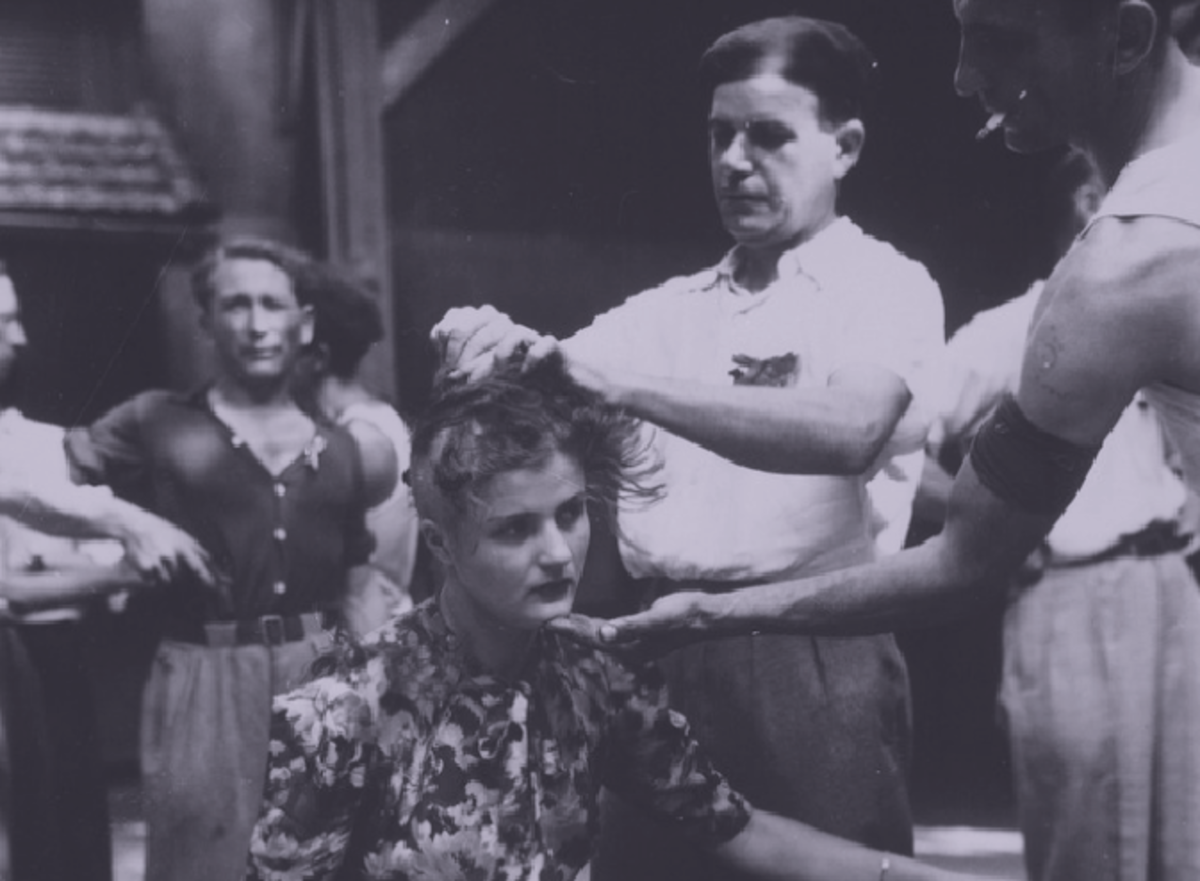Review: Lest Innocent Blood Be Shed

The Story of the Villiage of Le Chambon and How Goodness Happened There
Philip Hallie. Lest Innocent Blood Be Shed. New York: Harper Perennial, 1979.303pp.
Introduction
Lest Innocent Blood be Shed by Philip Hallie is the story of “the safest place in Europe” during WWII, also known as, the protestant village of Le Chambon, France; and it’s remarkably successful operation as a safe-haven for Jewish refugees. Hallie, an impassioned philosopher, explains how he fell upon the village and its remarkable history by chance and in an effort to understand his own “deeply felt ethical praise for the deeds of the people of Le Chambon (4) wrote this work not to “light up the moral darkness around the village” but rather to make “that vast darkness seem darker by contrast” (Intro, viii). Despite the works limited scope, as it encompasses only the realities which influenced one small region during the four years of Nazi occupation of France, Hallie is effective in bringing to light an extraordinary and factual history of events which deserve recognition in their own quiet way. Written in a refreshing tone, Hallie’s work is valuable to the historical record as a well-researched account which provides enough content to offer new perspectives from which to consider this theater of war and the harsh actualities which citizen and refugee alike, had to face.
Background Information
The mood in Le Chambon, France entering the period of Nazi occupation under the authority of Petain was one of quiet resistance, especially with regards to the “sequestration of the Jews economically, politically, culturally, and physically” which was taking place across France (41). Others faced the same violence and hatred including communists and Freemasons but within Le Chambon the plight of the Jews was what primarily occupied the attention of the Chambonnais, on that point the voice of the common voice of the people is depicted as silently maintaining that delivering the Jews to the Germans to die was “contrary to [their] conscience” (51). Of course the ‘conscience’ of this village is later discovered as having existed in the “turbulent stream”, the “soul of Le Chambon”; Andre Trocme. Trocme, a Protestant pastor is depicted as a volatile character who through his powerful spirit and strength of character commissioned his village to transform into a virtual “city of refuge” on a continent plagued by moral corruption. Hallie is primarily concerned with the process through which Trocme influenced this transformation and the attitudes and conditions which existed within the city which rendered the efforts of the Chambonnais as successful as they were.
As a means of assessing the extent to which the work was successful, I evaluated the books ability to answer the question the author himself posed to the audience. These questions emerge again and again throughout the book and were discussed in the introduction and prelude where Hallie presented two questions before he launched into the narrative in search of their answers. Hallie asks: “How could the village have survived for four whole years of the German occupation?” an obvious question for a historical scholar to pose as the events which occurred in Le Chambon seem closer to a miracle than anything that could be accomplished by human willpower (xix). A second question which Hallie presents more than once as being central to his thesis truly demonstrates the personal agenda and the emotional investiture Hallie associated with his research, therefore in pursuit of inner-peace Hallie asks himself: “the story of Le Chambon gives me [Hallie] unsullied job. Why?” (xvii). According to Hallie, answers to these questions can be found in “that nest of Jews in Huguenot country”, that is, Hallie felt that by exploring every niche of Le Chambon and through interviewing as many witnesses to the miraculous four years as possible, one could begin to ascertain answers to these otherwise flabbergasting questions (xx). Therefore, in considering whether or not this book was successful I looked for a clear description of the people and the workings of this bygone society so as to be able to discern the answers the author presents to the aforementioned questions as the reader, using only the arguments presented in the book. After reading the books entirety it became obvious that in fact the answers to these questions compliment the themes the author most wishes to focus on: that is, why Le Chambon’s story is significant to the historical period, and what characterized the people and the time period which contrasts or compliments the modern reader’s perspective. Furthermore, Hallie’s themes are validated through his inclusion of primary sourced personal accounts and written snippets from people of the time which make it easier for the reader to relate to what Trocme and others experienced. Therefore, on this aspect of the criteria, the book was triumphant as I, as a reader, feel confident to discuss either of these initially posed questions; the answers to which I believe are the points the author most hopes to get across to the reader.
Summary
In summary the organization of the work is straightforward and features an intense focus on the development of Le Chambon and Andre Trocme’s influence therein. A central theme to the work is interpreting the forces at work which enabled the seemingly powerless people of Le Chambon to be successful in their peaceful resistance of the Nazis. With this pursuit at heart, Hallie opens the work with a depiction of the fortitude of the Chambonnais during a time of despair. In 1943, Trocme and one of his contemporaries were arrested for resisting authoritarian rule and for refusing to conform to Petain’s demands. During this troubling time the poverty stricken village, gathered together and gave what little they have to their beloved and seemingly destitute pastor whose days may have been numbered. Trocme emerges from his captivity, however, unscathed and oddly enough: “nobody in Le Chambon kn[ew] with certainty why the pastors were set free” to this day “the release of the ministers is a mystery” (43). Having been released according to his own terms Trocme was able to return home and continue to coordinate the workings of the refugee ‘haven’ he had helped establish in France. The sense of mystery witnessed in this event pervades the rest of the work in abundance as although Hallie works to justify Chambonnais success it becomes more and more evident that luck, or perhaps as Hallie would be more comfortable calling it, divine intervention, had more to do with Chambonnais success than any tangible characteristic discernible therein.
As previously mentioned the work spends good time discussing the background of Andre Trocme and the events which brought him to be the pastor of Le Chambon. Even the chapters dedicated to discussing the logistics of Chambonnais resistance; prominently feature the inner workings of Trocme and his contemporaries. Nevertheless, Hallie offers much background on the village and is firm in maintaining that although it may appear that Trocme alone was responsible for the miracles that happened there, coming to such a conclusion “would be a serious mistake” (91). When Trocme arrived at Le Chambon the village, like many small French villages was brutally poverty stricken and was “a village that seemed to be moving toward death, death, death and the pastor was entrusted with helping the village die” (78). While Le Chambon by no means ever emerged from their poverty during wartime, the spirit of the place was unquestionably altered for the better, apparently thanks to Trocme’s efforts to improve the school system. The characteristic of Le Chambon, however which set it apart was instilled by Trocme but taken to heart by the citizens and that was, according to Hallie, that Trocme taught the people of Le Chambon to care about the people who were being harmed by the Germans which sparked a fire in the people to perpetually resist blind obedience to an inhumane police-state. As soon as the people of Le Chambon realized that “there was the possibility of a person’s saying no to indignity and tyranny” they maintained it with a fiery passion. What started out as gently refusing to raise or lower a flag, or choosing not to ring a bell in celebration of Petain, grew to larger orchestrations of cooperation wherein the entire village would house Jews and in the event of a Nazi search, the signal would go out and everyone would meticulously move their Jews to pre-selected hiding places in surrounding woods and such to the extent that “no one was found” (100-111). What began with one safe house soon spread until a region of Nazi-occupied France was virtually an impenetrable haven for fleeing refugees that would take donations from Quakers, Pacifists and a variety of other sources, Trocme and his contemporaries were able to recruit.
Evaluation
Lest Innocent Blood Be Shed by Philip Hallie was a successful social and ethical commentary as its scope far exceeded the limited focus which the sub-title of the work suggested. The work was rich in its somewhat unconventional perspectives on the ‘zeitgeist’ which significantly impacted the workings of society and the people who functioned within it. Hallie writes about Le Chambon knowing full well that “the story of the struggle of Le Chambon is of no special political or military interest. But it is of ethical interest” (intro). Through writing about the moral splendour which seemed to exist in Le Chambon Hallie hopes to answer his own questions about the duality of humanity within history and seeks to use this example as evidence of goodness among mankind. The nature of Hallie’s work is exceptionally faith driven as Hallie explains putting the work together was a form of spiritual journey for him as an author, that being said, Hallie works to depict the actuality of events as they took place in the historical record. The book did well in its presentation of historical evidence including the primary sources and the photographs of the town of Le Chambon and various features of the story which really help to transport the reader. Additionally, the organization of the first four chapters of the work really put across the story, the characters and the evidence in a clear and logical way rendering the work easily accessibly even to those with little background knowledge on the subject matter.
The book however was not without its inconsistencies as the author wrote from a considerably opinionated view-point. Throughout the work one can discern Hallie’s partiality towards Andre Trocme and his cause; the fact that Hallie makes Trocme the focus of his work is honourable however it became evident after the first two “parts” of the work that the proverbial spotlight would never leave Trocme’s path. Arguably Trocme is imperative to include in a discussion of the history of Le Chambon during the four years which this work means to depict, however, the suspicion that Hallie was more fascinated with Trocme than he was with the morality that developed among the citizens of Le Chambon is unshakable. Furthermore, Hallie’s characterization of Trocme borders on the fantastical. That is, Trocme’s efforts are not to be diminished, but the Robin Hood-like portrayal of Trocme, as is demonstrated here: “Essential to his goodness, central to his decency, was what he did with and for other people, and what he did against them (179)”, does not convince and does nothing to further the historical ambitions of this work. Additionally, rather than being an historical account I found the book served best as a character study of a unique societies functionality during a time of repression and violence. Nothing about this fact is bothersome initially, however, Hallie’s incorporation of the spiritual realizations of himself and those in the work were distracting where some readers may prefer objective, historical accounts over personal theological ones.
The book succeeded as a social and ethical commentary of Nazi-occupied France and was written in a clear and organized style which rendered the experience of taking in the work very enjoyable. Inconsistencies however presented themselves in the logical progression of the work which demonstrated that the author was very clearly enraptured with Trocme and his effect on Le Chambon and the ethics which were upheld therein and shared with others, while there was nothing immediately wrong with Hallie’s approach it undoubtedly took away from the historical significance of the work. As mentioned before, Hallie maintained that the story of Le Chambon was of no political interest, but was more effective as a story of ethics; I differ in opinion and believe that had the work been composed as an historical commentary which featured snippets indicating good Christian morals, the work would have been much more effective. Nevertheless, the work presented a wealth of remarkably preserved personal accounts which spoke of the time period in a way which would have been impossible had the author not taken an interest in salvaging them and reiterating their significance.







